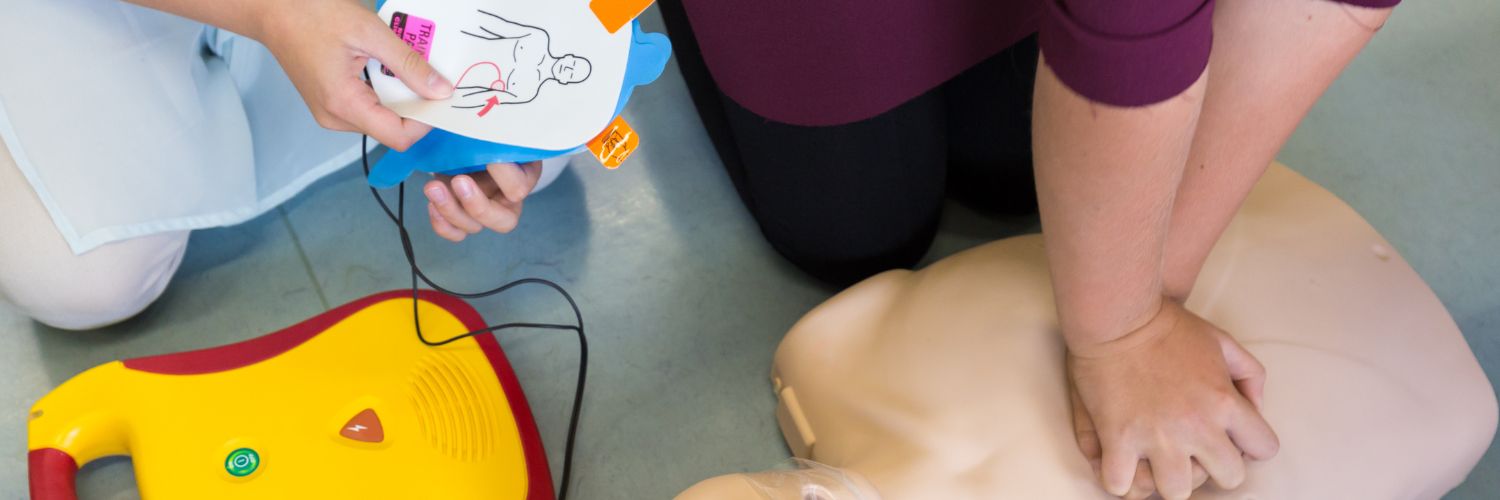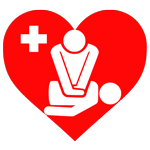Automated External Defibrillators (AEDs) and CPR: A Perfect Life-Saving Pair

The Power of Combining CPR and AEDs in Emergencies
What is an AED?
An Automated External Defibrillator (AED) is a portable device that delivers an electric shock to the heart. This shock can restore a normal heart rhythm in victims of sudden cardiac arrest. AEDs are designed to be user-friendly, with voice prompts and visual aids to guide rescuers through the process.
How AEDs and CPR Work Together
CPR and AEDs complement each other to maximize the chances of survival during a cardiac emergency. Here’s how they work together:
- Immediate CPR: When a person collapses and is unresponsive, starting CPR immediately helps maintain blood flow to the brain and vital organs. Chest compressions keep oxygenated blood circulating, which is crucial for preventing brain damage.
- Using an AED: While CPR is being performed, an AED can be quickly set up and used to analyze the heart’s rhythm. If a shockable rhythm is detected, the AED delivers a shock to try and restore a normal heart rhythm. The AED will guide you through each step, ensuring the process is as smooth as possible.
- Continued CPR: After delivering a shock, CPR should be resumed immediately. The combination of chest compressions and AED shocks increases the likelihood of the heart restarting and maintaining a normal rhythm.
The Importance of AEDs in Public Spaces
Having AEDs readily available in public spaces such as schools, offices, gyms, and shopping centers is vital. The faster an AED can be accessed and used, the better the chances of survival. Public access to AEDs empowers bystanders to act quickly and confidently in emergencies.
Training and Confidence
CPR and AED training is essential for building confidence and competence in emergency responders. Training programs teach the correct techniques for performing CPR and using an AED, ensuring that rescuers are prepared to act effectively. Regular practice and certification renewals help maintain these life-saving skills.
Conclusion
Combining CPR with the use of an AED significantly increases the chances of survival in cases of sudden cardiac arrest. Understanding how to use these tools together can make you a more effective and confident responder. By ensuring that AEDs are accessible in public spaces and that individuals are trained in their use, we can create a safer environment for everyone.
Visit our blog for the latest articles, reviews, expert tips, and essential life saving skills.
#AED #CPR #LifeSavingTechniques



Leave a Reply